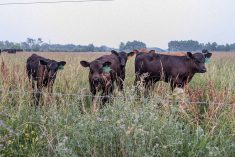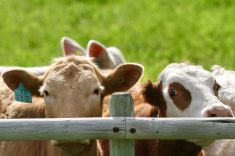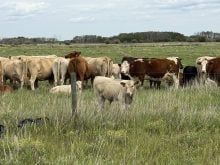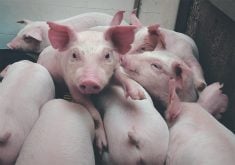CALGARY – A new Australian beef appraisal system is challenging the industry’s traditional methods of grading and measuring meat quality.
Supergene is a visual system of evaluating live cattle and supporters say it can return a fairer price to producers for better meat animals.
Supergene calculates the amount of salable meat with bone and fat specification rather than lean meat yield cut from a carcass.
Using a probe and a specially developed formula it can grade for tenderness before an animal hits the kill floor.
Read Also
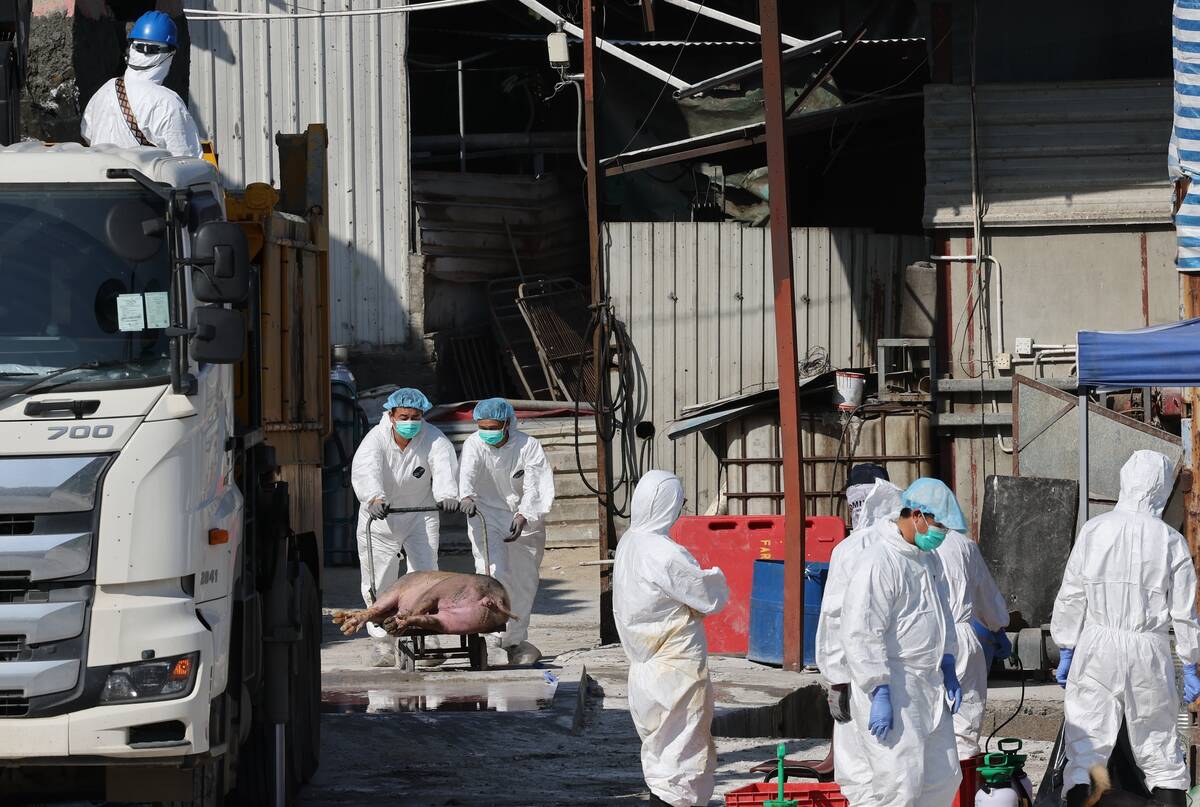
Mixed results on new African swine fever vaccine
The new African swine fever vaccine still has issues, but also gave researchers insight into how virus strain impacts protection against the deadly pig disease.
The non-invasive probe measures the animal’s bone structure, usually in the jaw area using the theory that flat boned animals produce tender meat.
“The nice thing about this system is that we can do it on live animals and you can breed for it. Once you kill them to find out how they’ve done, you can’t breed those animals,” said producer Bob Harris, who is also president of Supergene Canada. The program has been in Canada for five years.
The Supergene theory is used among a small group of producers, but hasn’t received wide acceptance from the scientific community.
The Canadian Charolais Association agreed to test the Supergene system through its Conception to Consumer research program this year.
Seven heifers were randomly selected from a group of 61 and were subjected to the Supergene animal-evaluation system and meat-tenderness program.
After slaughter, the meat was evaluated using the Warner-Bratzler shear force test and a 50-person taste test panel, said Milton Weiss, a livestock consultant for the Charolais association.
Under the shear force test a core of meat is removed, cooked and measured to see how much force is needed to cut through it. The Supergene estimates compared closely to the shear force results. The Charolais association said further studies using more animals could be useful.
For Fox Valley, Sask. breeder Lester Ledoen, Supergene is the answer to many of the questions in his Blonde d’Aquitaine herd.
He said he has improved the tenderness quotient in his own herd and plans to continue selecting for that quality.
“Ninety percent of all people raising cattle out there are cattle producers. Between five and 10 percent are cattlemen … they know what they’re looking for and they can make cattle. Most of us don’t do that.”
The program uses 25 traits which are broken down into nine carcass traits and eight functional and eight maternal characteristics a producer needs in his herd. It can also work with sheep and hogs.





